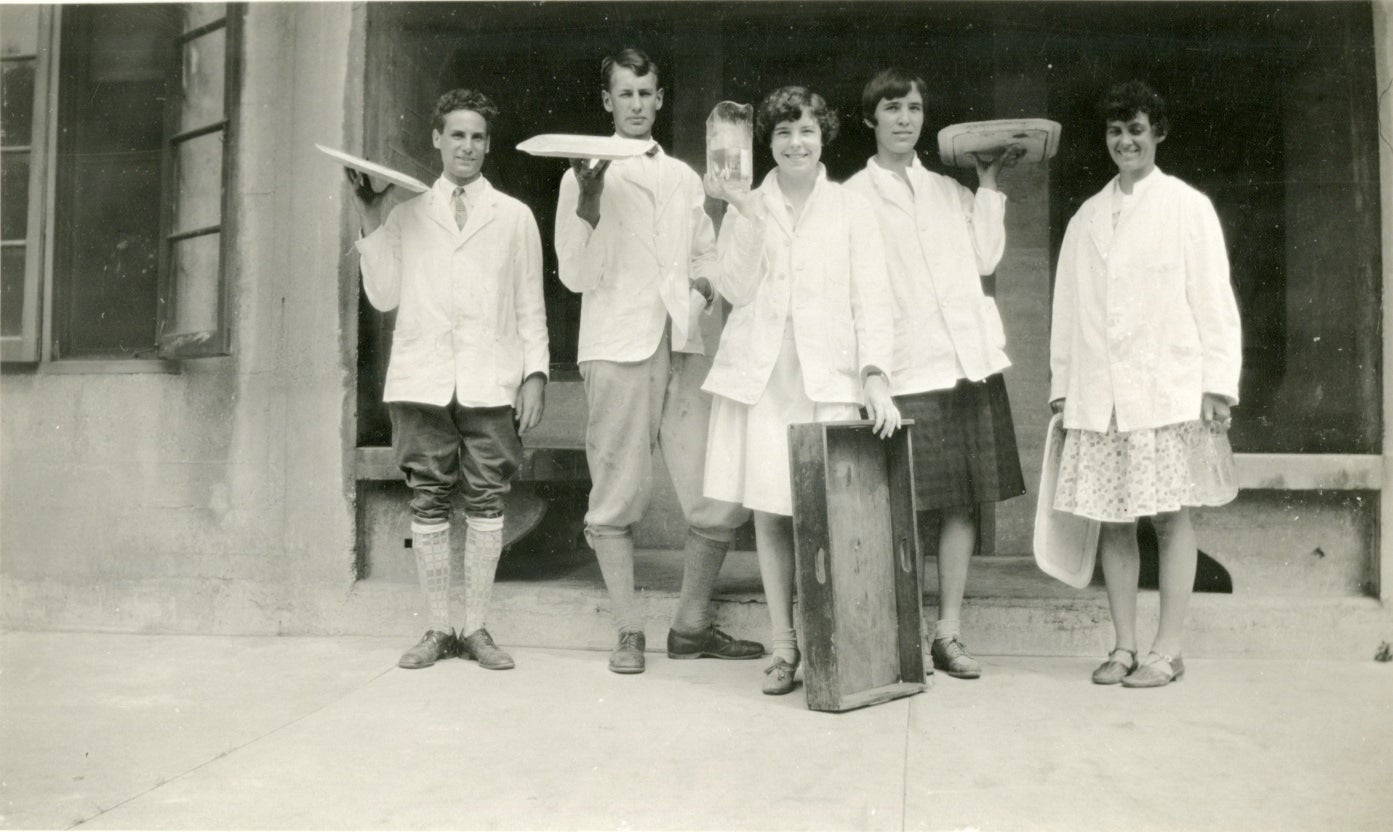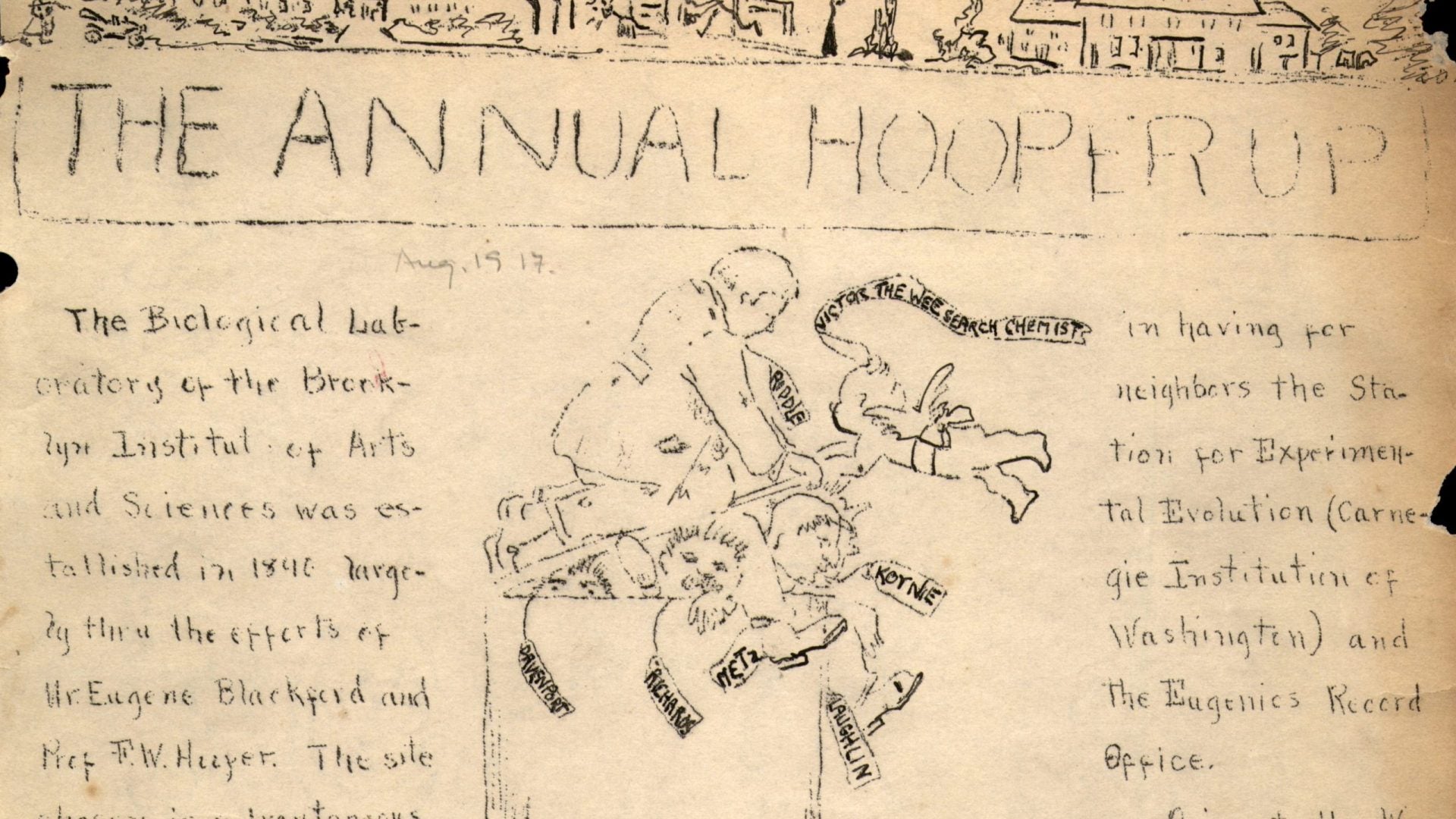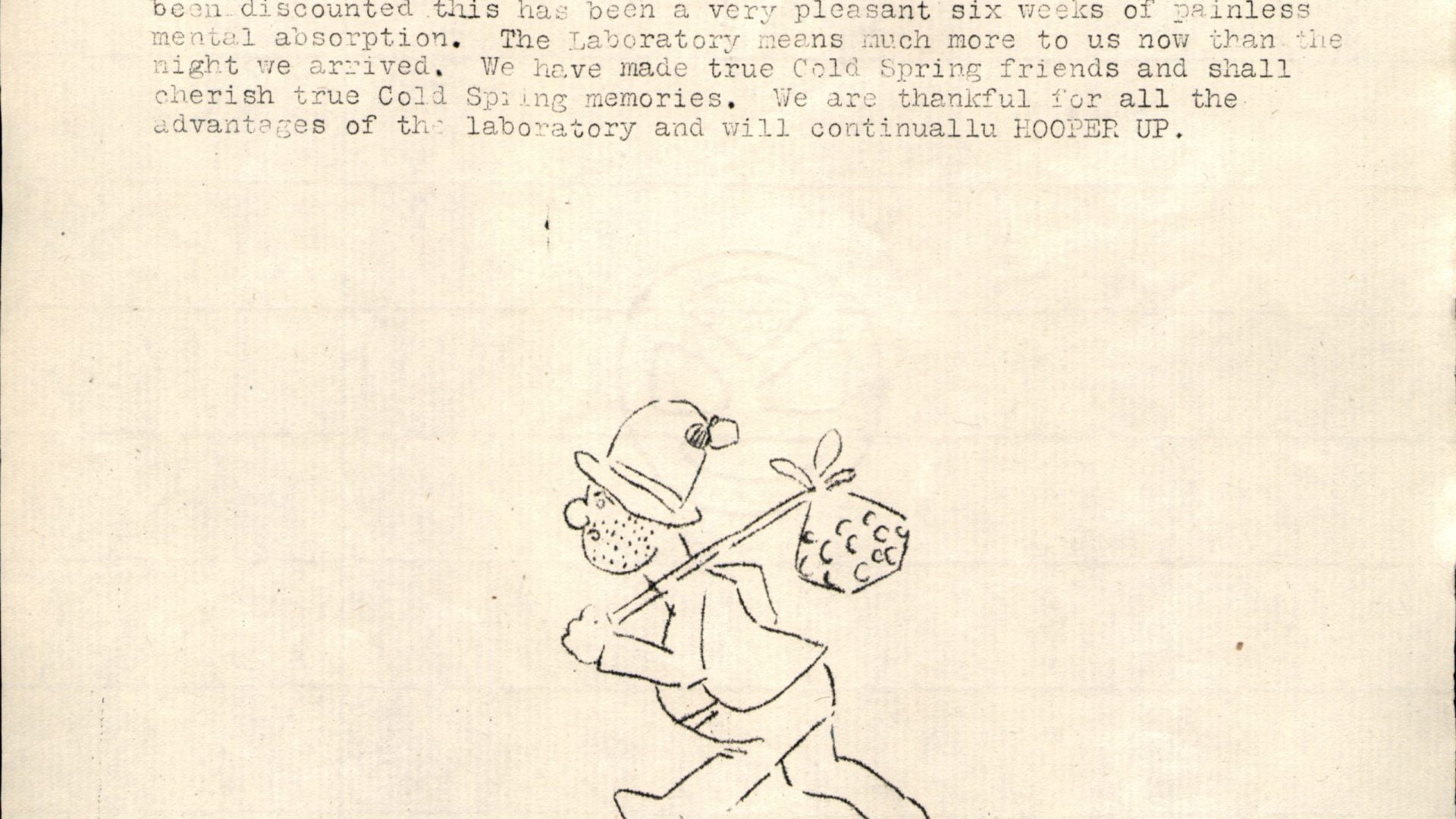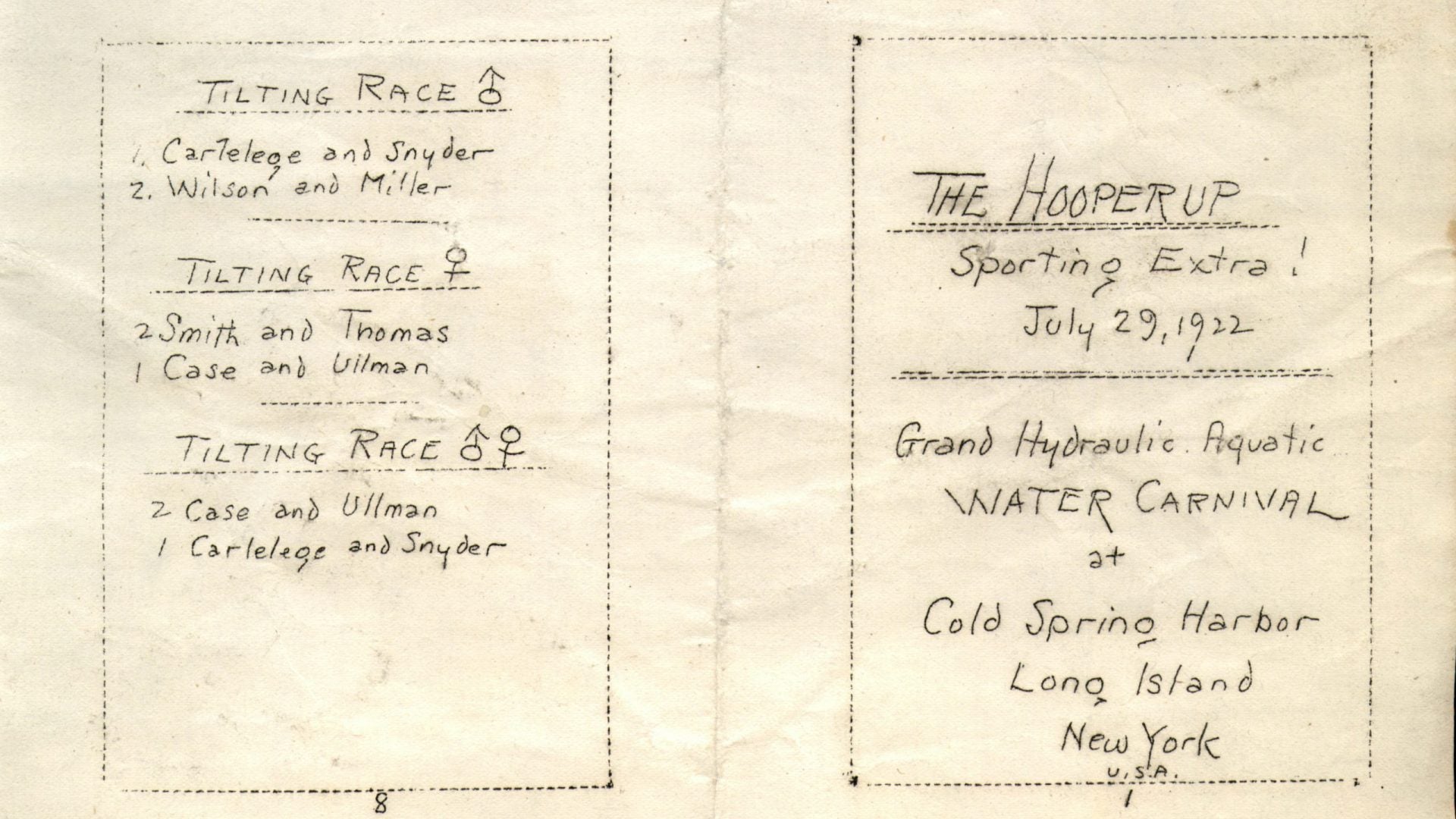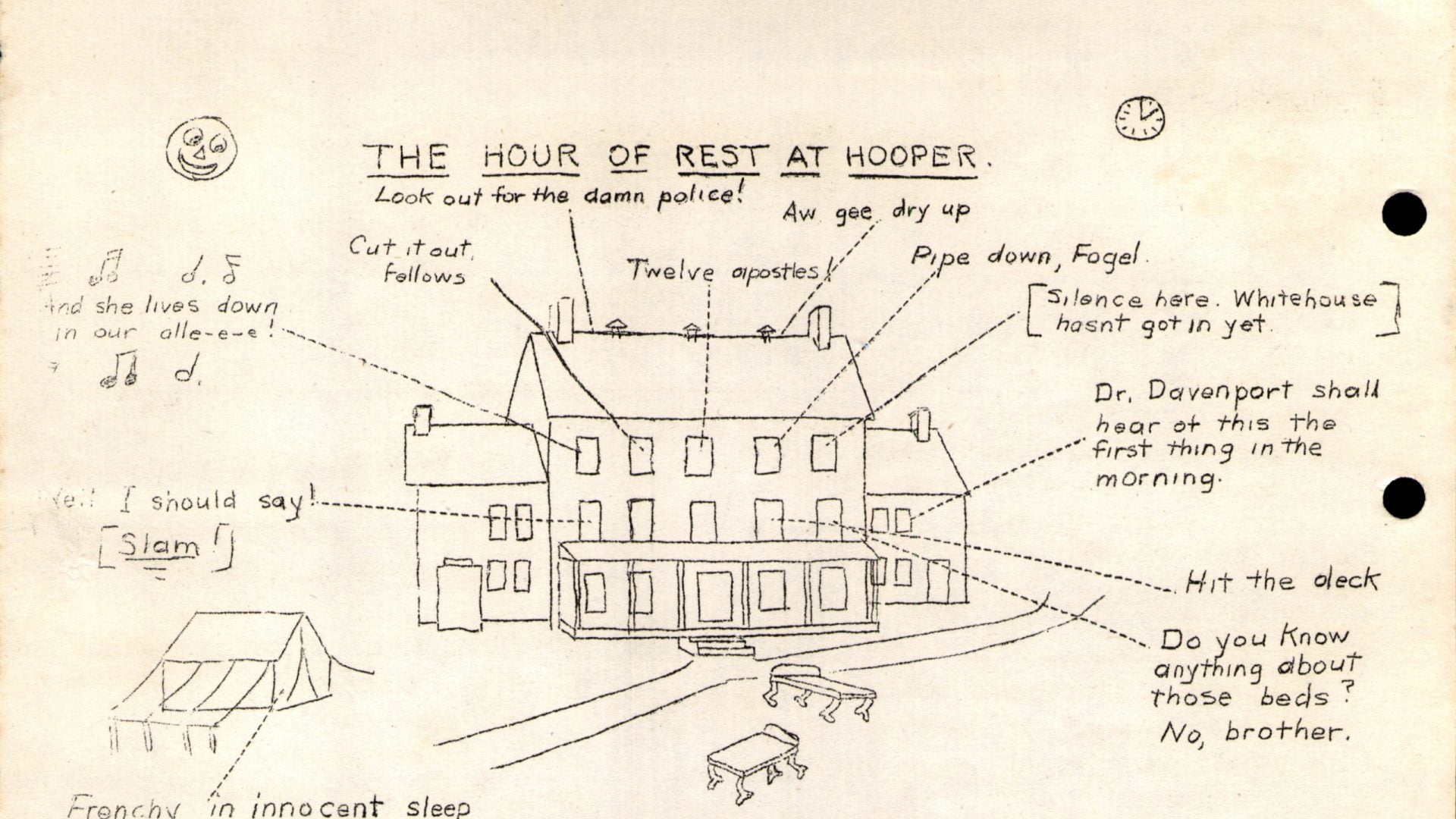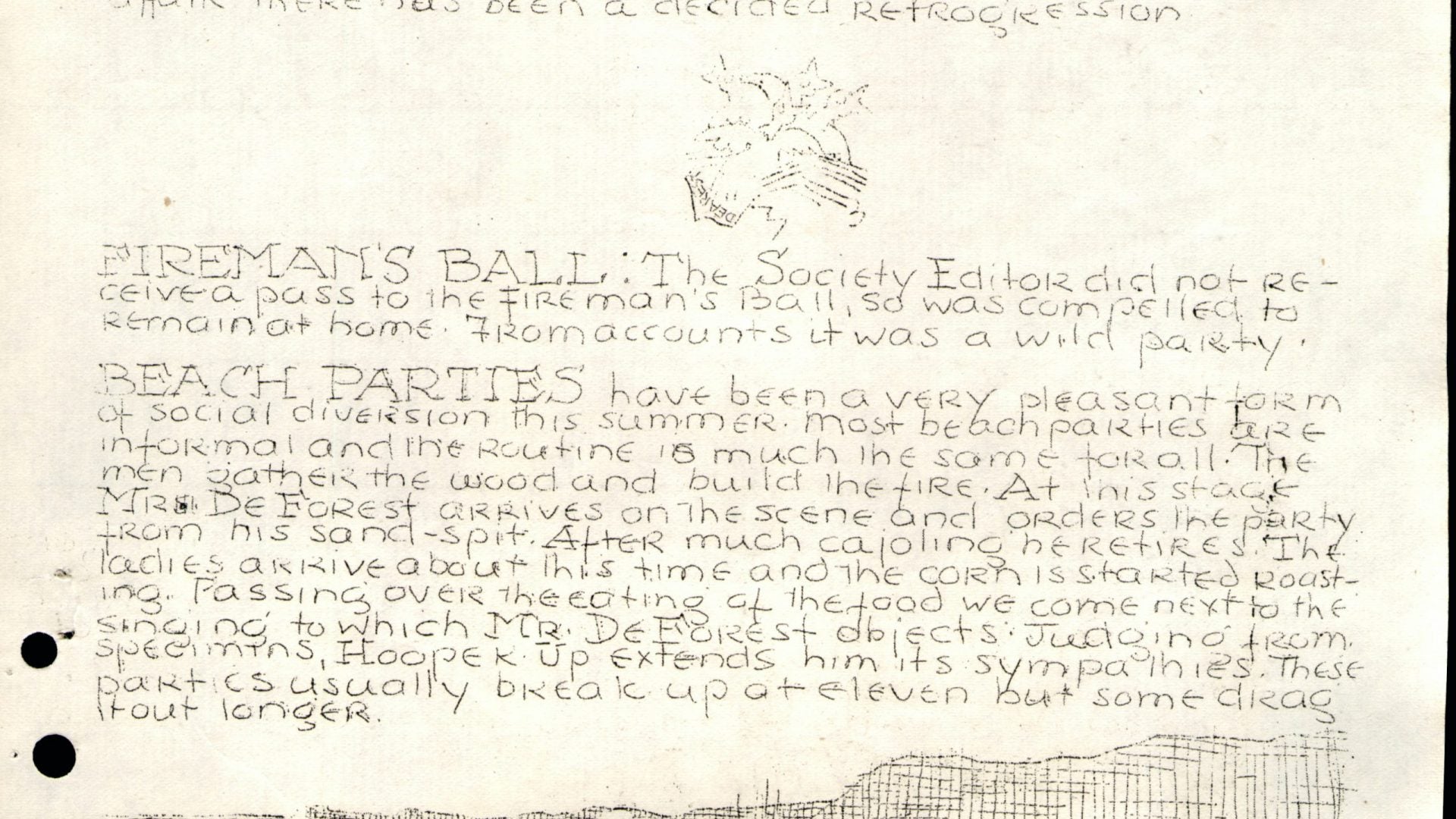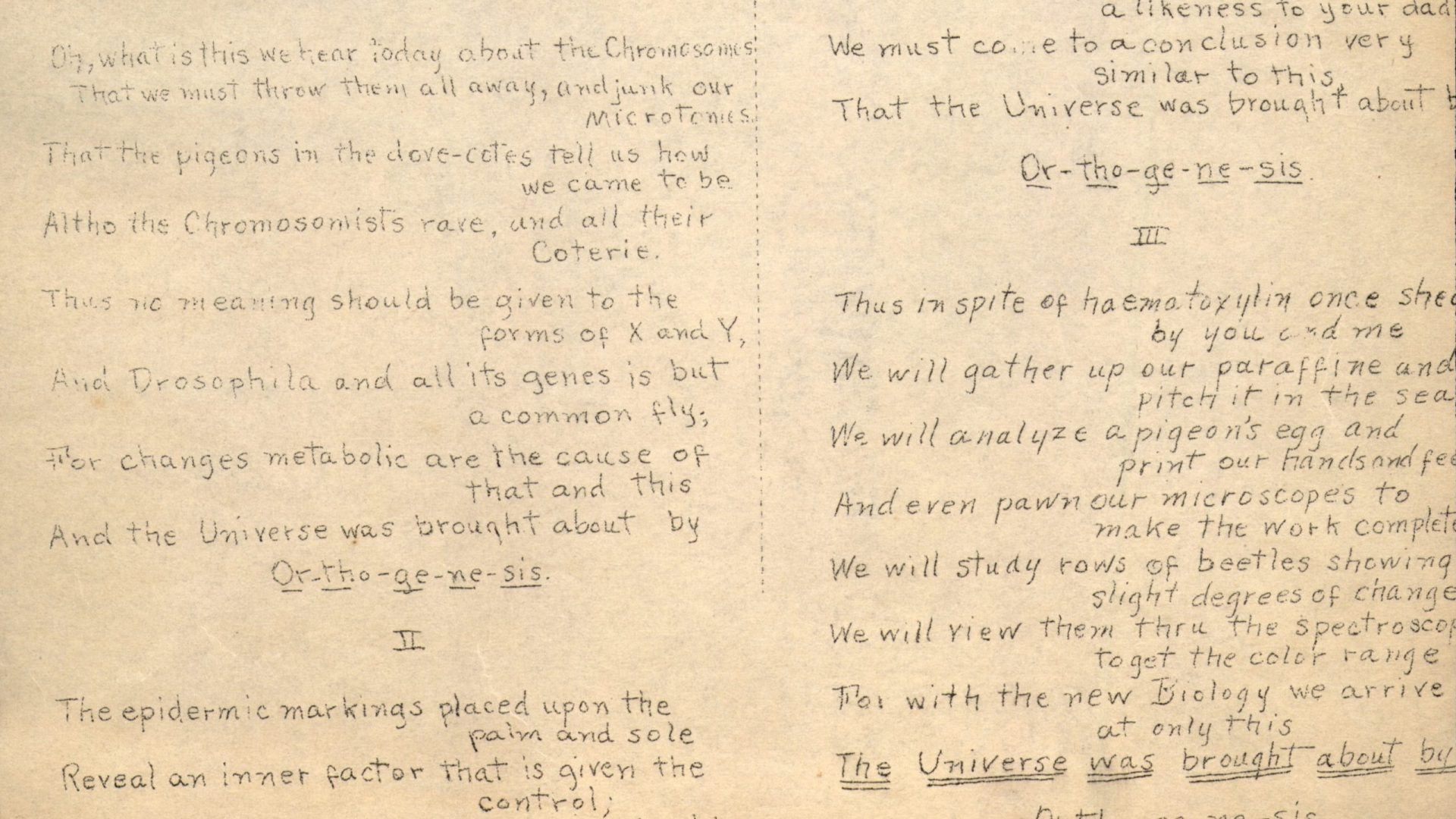The students who took summer classes at the Biological Laboratory in the early 1900s felt a strong connection to the Laboratory and to their colleagues and instructors. They spent long hours attending lectures, collecting samples and doing lab work, but the lab’s summer camp atmosphere — boating trips, hiking, beach parties — meant that they also found plenty of time to relax, goof off, form friendships, flirt and have fun.
Every year from the mid-1910s through 1924, the Biological Laboratory students wrote and illustrated a newsletter called the Hooper Up. The title was a reference to Franklin W. Hooper (1851-1914), who played a key role in the founding of the Biological Laboratory at Cold Spring Harbor in 1890.
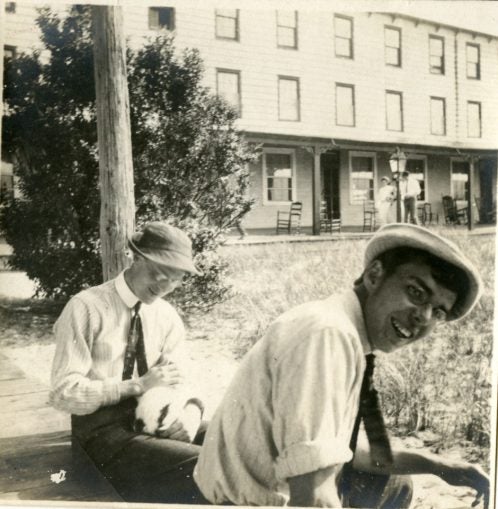
The cartoons, jokes, fake “news” articles and songs in the Hooper Up were written by students and a few of the instructors. The subject matter ranges from beach parties and dances to Mendelian inheritance patterns and evolutionary theory to lab gossip to eye-rolling at the stuffiness of the Laboratory’s wealthy neighbors. The slang and references to popular music were typical for young people in the 1910s and 1920s, but a lot of the science jokes would only have made sense to biologists or biology teachers, which is what most of these students were.
The cartoons and illustrations in the earlier issues were done by Charles Davenport’s daughter, Jane Davenport (1897-1984, later Jane Davenport Harris de Tomasi).
This slideshow offers an introduction to the digitized material. All surviving issues of the Hooper Up (1917-1924) are available in digitized form via the CSHL Archives. The originals are in the archives in the Brooklyn Academy of Arts and Sciences collection (BIAS), Series 8, Box 16, Folder 7.
